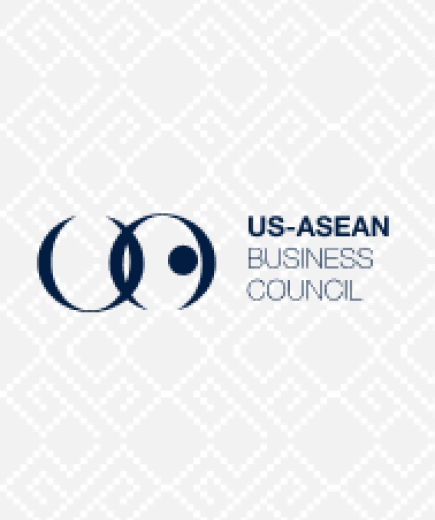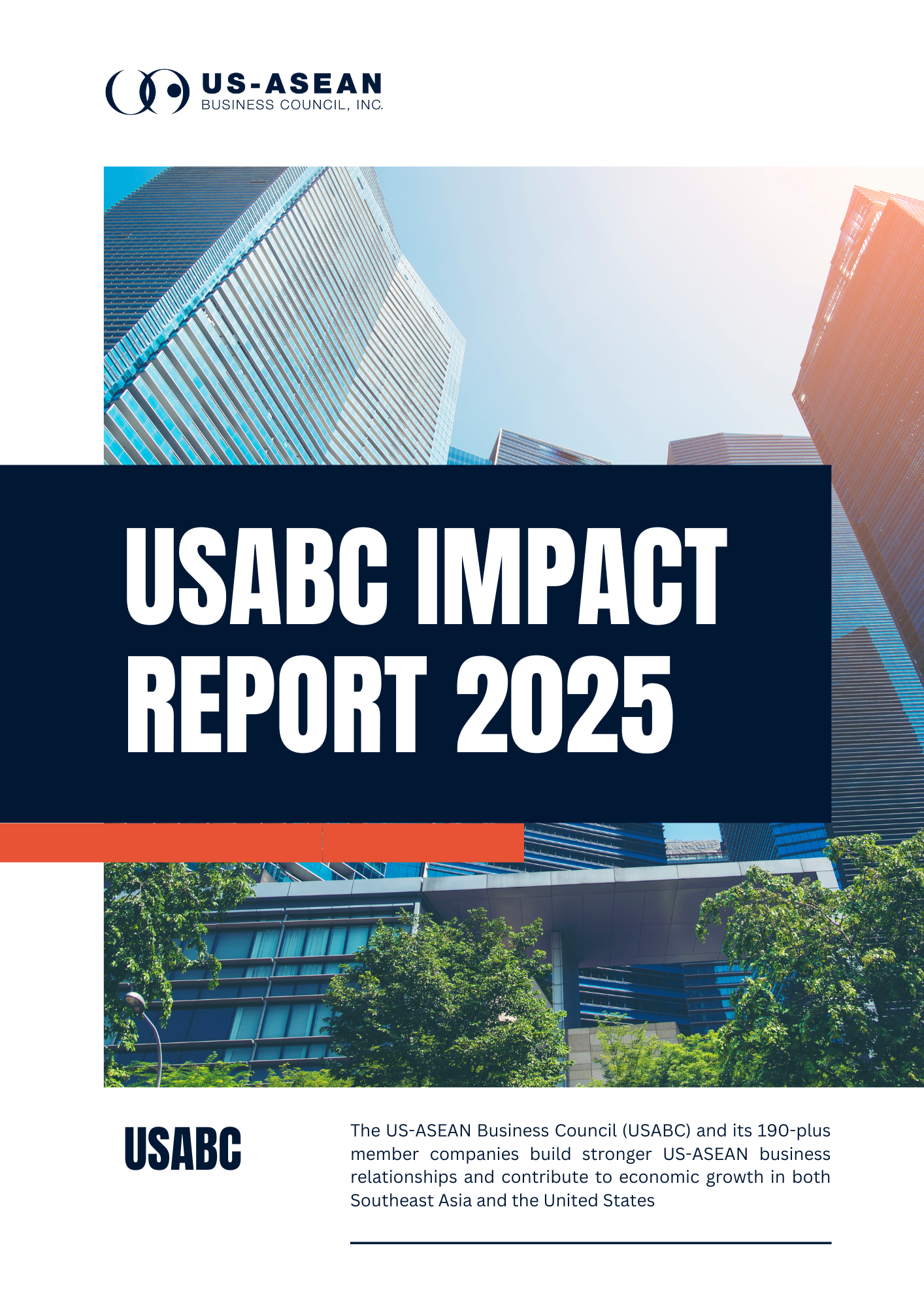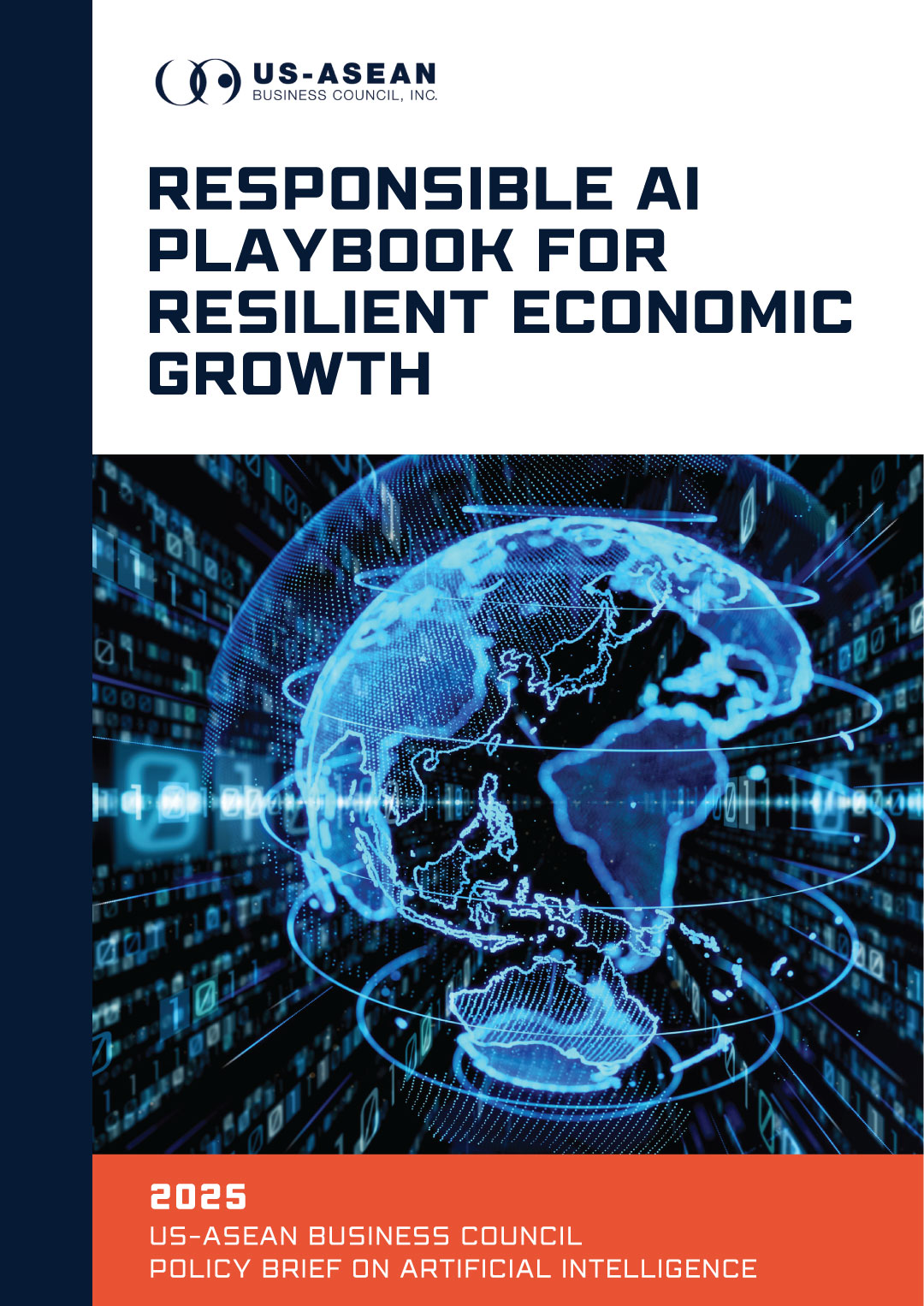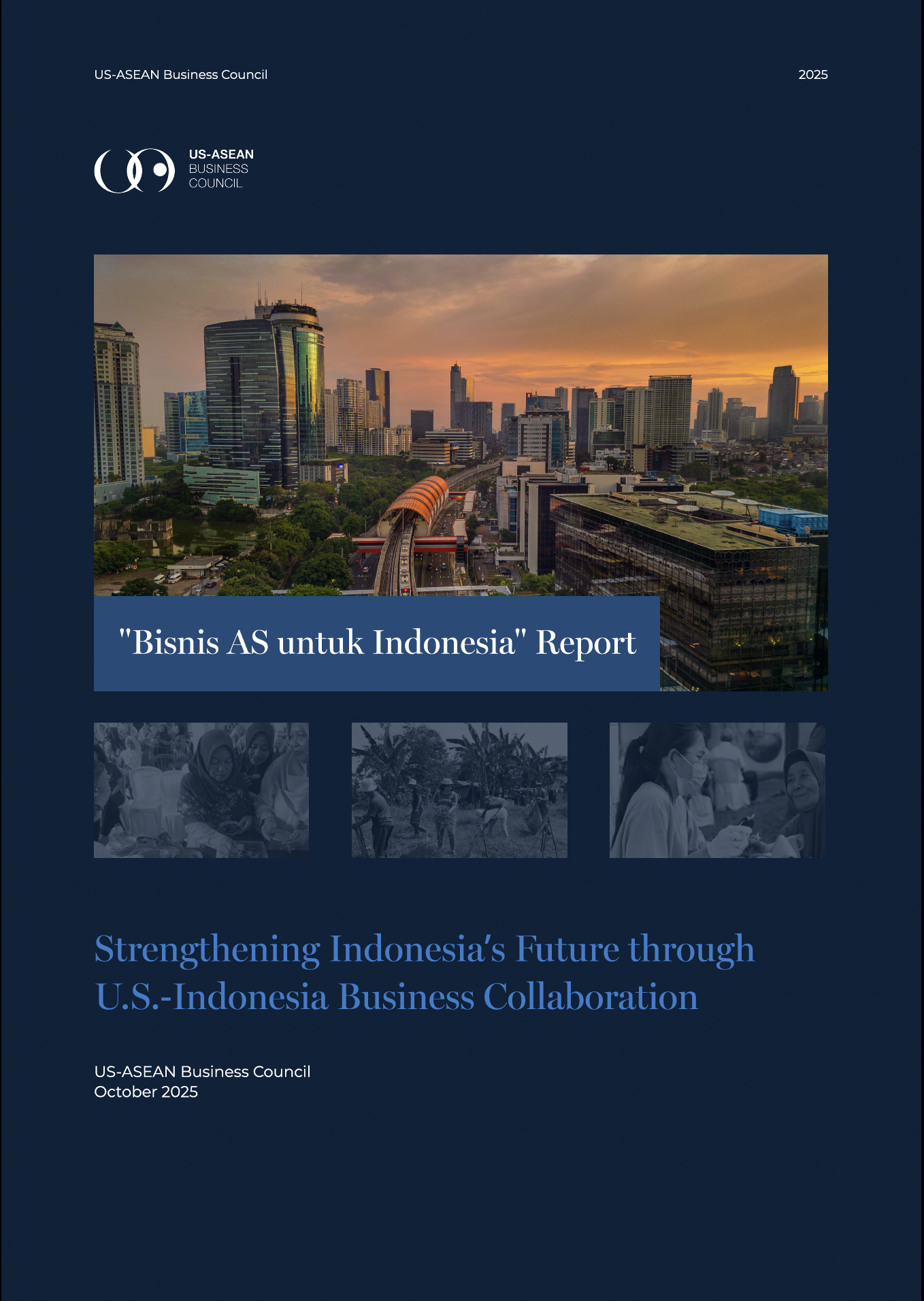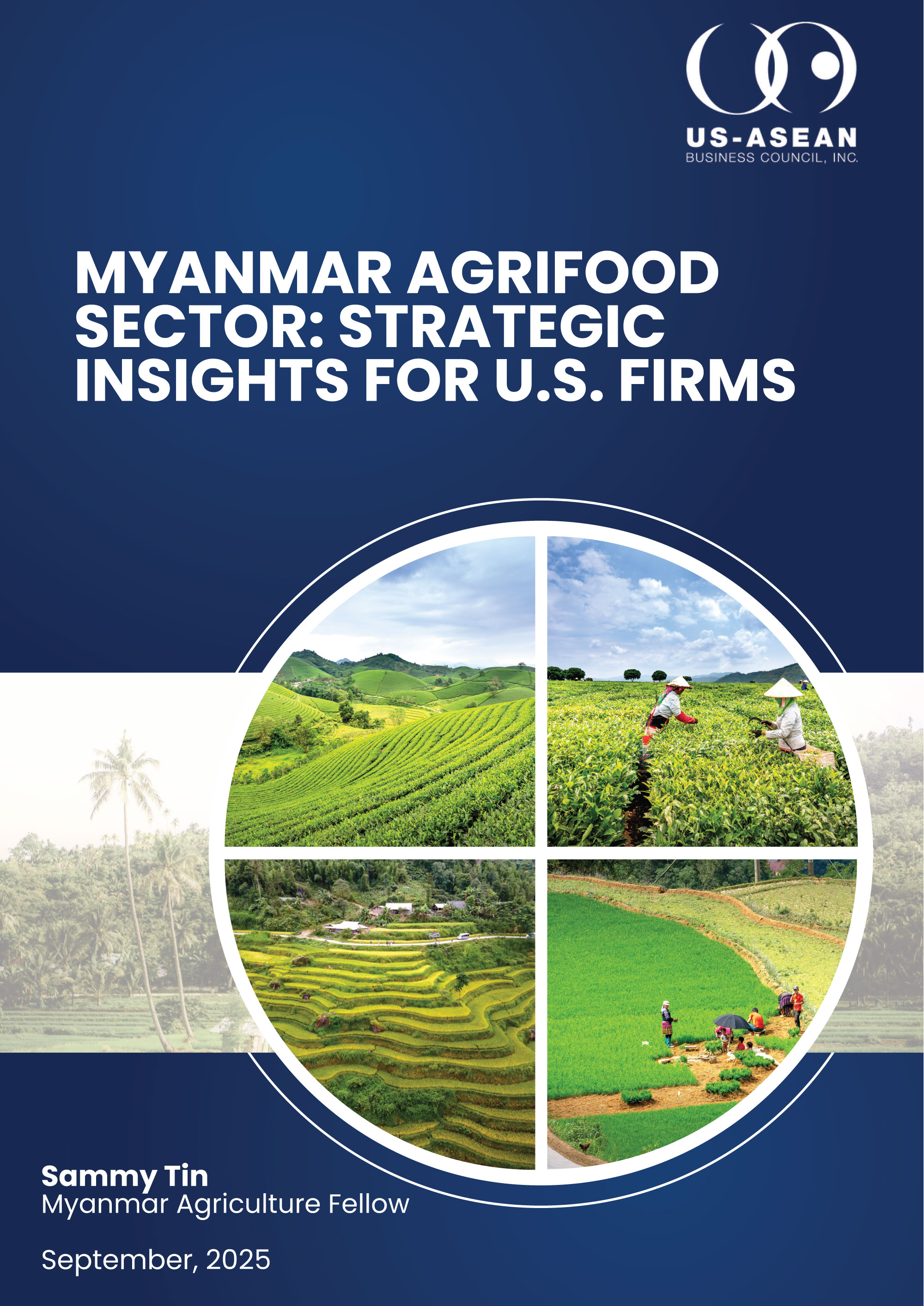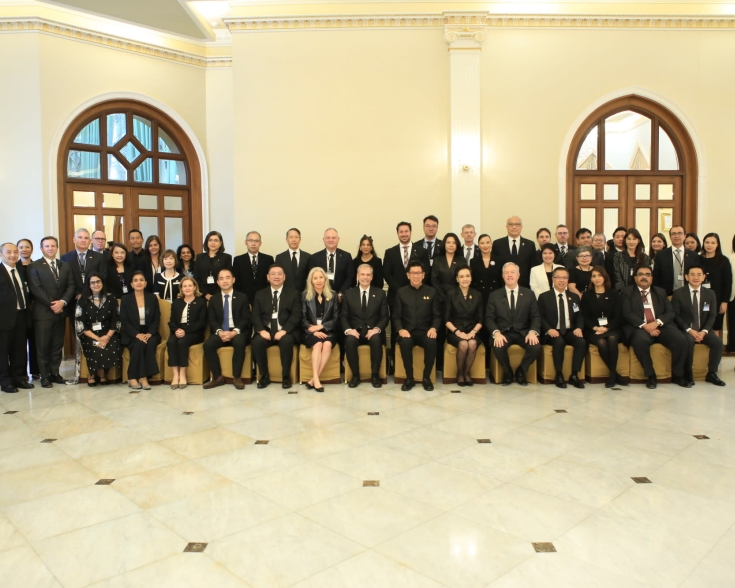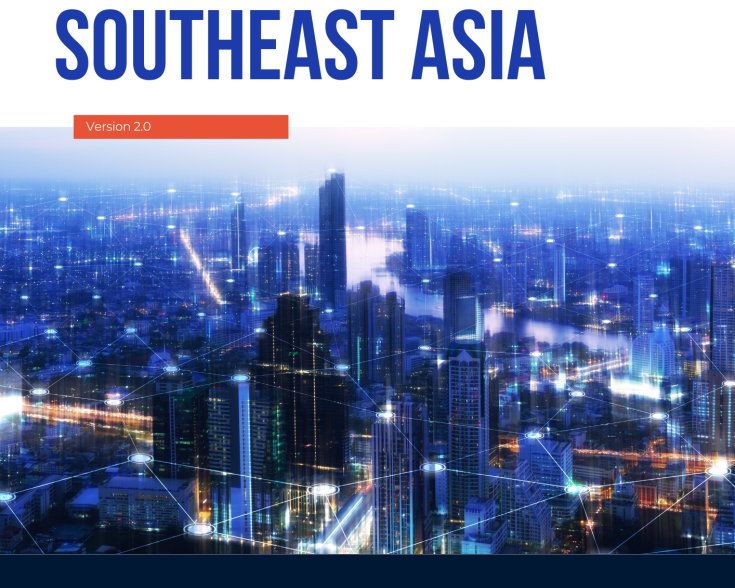The Cost of Protectionism and Litigating the Trade War: How U.S. Tariff Laws Were Tested During Trump 1.0
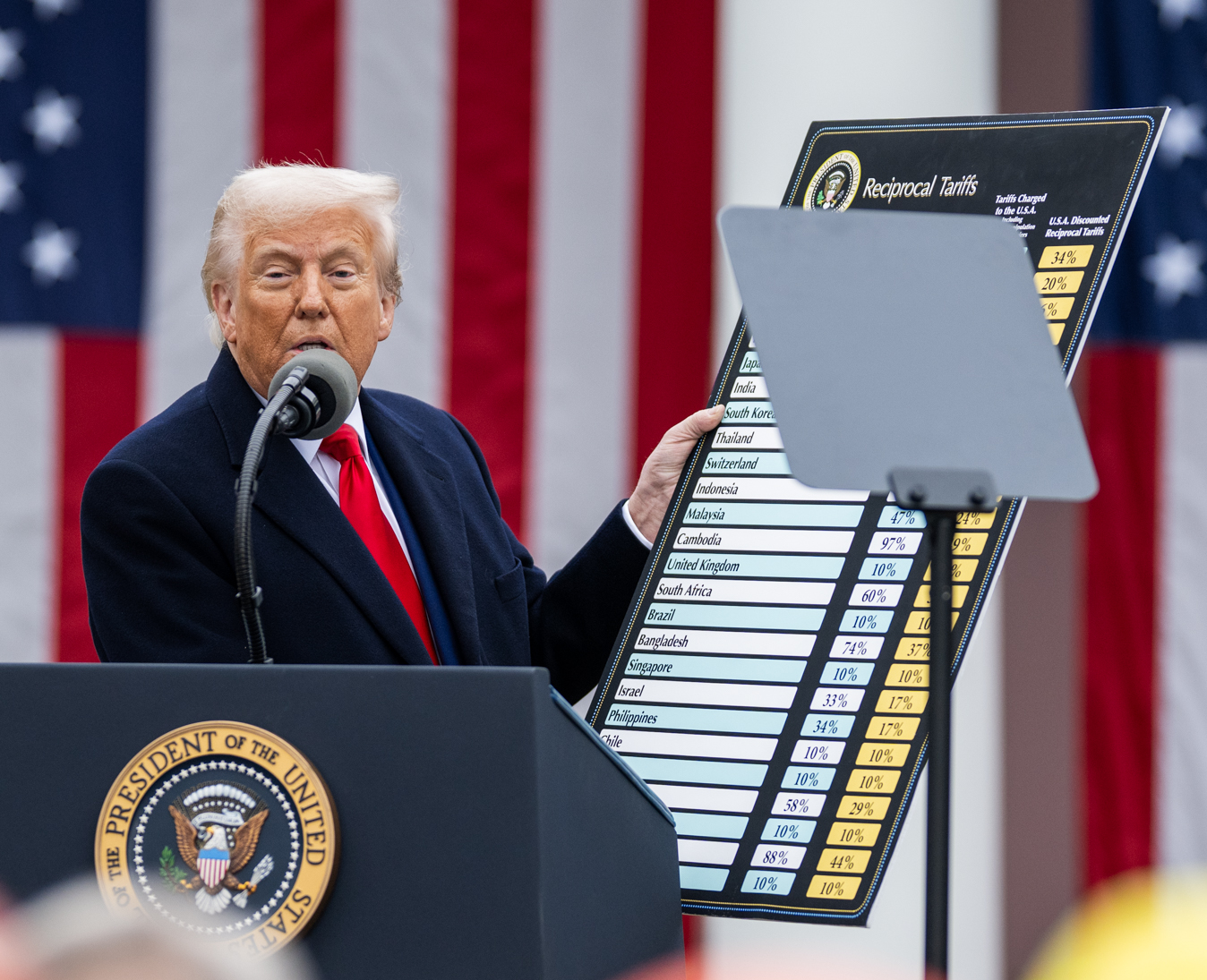
Tariff Impositions and Economic Impact. In January 2018, President Trump imposed tariffs of 20% to 50% on solar panel and washing machines. By the end of the first quarter of 2018, he imposed tariffs on steel at 25% and aluminum 10% from various countries, invoking national security as justification. Eventually, President Trump escalated tariffs on goods imported from China, estimated at $350 billion, which led to a trade war. China retaliated by implementing tariffs equivalent to the $100 billion. Historical data shows that increased tariffs raised commodity prices and decreased the quantities of goods and services available for U.S. companies and consumers, resulting in lower income, reduced employment,and low economic growth. From 2017 until 2019, the U.S. trade deficit grew by $119 billion, reaching $621 billion, the highest it had since 2008. In addition, higher import tariffs on China had a trade diversion effect as sources of US imports shifted to other nations led by Mexico and Vietnam.
U.S. Tariff Legal Challenges. President Trump leaned on the following major laws to impose tariffs during his first term (2017-2021); However, his administration faced dozens of legal challenges filed by U.S. businesses, trade groups, and even allied nations.
Section 232 of the Trade Expansion Act of 1962 allows the President to impose tariffs for national security reasons. President Trump utilized this law to impose 25% and 10% tariffs on steel and aluminum imports from various countries, including Canada and the EU, emphasizing that reliance on foreign steel and aluminum weakens U.S. national defense. In American Institute for International Steel v. United States, plaintiffs claimed that President Trump’s steel and aluminum tariffs were an unconstitutional delegation of congressional power, violating Article 1, Section 1 of the U.S. Constitution and the principle of separation of powers. The case presented a facial challenge to section 232 of the Trade Expansion Act of 1962, as amended 19 U.S.C. Section 1862. The Court of International Trade and Federal Circuit ruled in favor of the President, citing that Section 232 gives broad discretion to determine what constitutes a threat; thus, Section 232 did not present a delegation problem. The case reached the U.S. Supreme Court, which eventually denied the plaintiffs’ petition for writ of certiorari.
Section 301 of the Trade Act of 1974 authorized mitigating and retaliatory actions against unfair foreign trade practices, such as IP theft or discriminatory trade policies. President Trump imposed massive tariffs on hundreds of billions of dollars in Chinese goods and declared that China’s technology transfer policies were IP theft and a national threat. The Court of International Trade consolidated the cases filed by U.S. importers (HMTX Industries LLC, Halstead New England Corp., Metroflor Corp. and Jasco Products Company LLC) against President Trump for violating Section 301, arguing that the imposition of tariffs on Chinese goods exceeded the President’s legal authority and did not comply with administrative procedures. The Court of International Trade sustained the tariffs imposed on China and entered a judgement in favor of the U.S. The plaintiffs filed an appeal before the Court of Appeals for the Federal Circuit, which is still pending.


